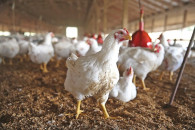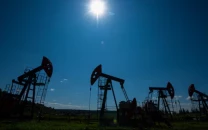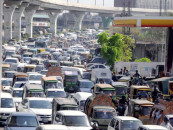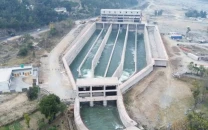Saving our livestock
Estimate puts the number of domesticated animals that have been lost in the floods at over 100,000.

An early estimate puts the number of cows, buffaloes, goats, sheep, horses, camels and donkeys that have been lost in the floods at over 100,000. That number is bound to increase over the coming weeks as diseases spread in the standing water. In Charsadda and Nowshera, dead cattle floated in stagnant water, contaminating the water and increasing the likelihood of disease. In these conditions, surviving farm animals are likely to suffer from hemorrhagic septicemia, foot and mouth disease, entero toxemia and contagious pleura pneumonia. Reports of animals falling seriously ill have sparked a plausible fear of diseases among livestock spreading to the human population.
In south Punjab, the University of Agriculture is vaccinating animals. In Sindh, the livestock department has set up relief camps for affected herds. This might seem like a lot at a time of widespread human misery, but the importance of these expensive animals to farmers and consumers alike cannot be overstated. With floods still raging, livestock needs to be evacuated to safe areas and vets should provide treatment and vaccination to sick animals.
Unless steps are taken to rescue, treat and protect these animals, we could face a severe shortage of meat and milk in the near future; importing these will put an additional burden on the exchequer and slow economic growth. With agricultural crops already decimated by floods across the country, livestock needs to be salvaged to prevent the economy from derailing.
Published in The Express Tribune, August 20th, 2010.



















COMMENTS
Comments are moderated and generally will be posted if they are on-topic and not abusive.
For more information, please see our Comments FAQ